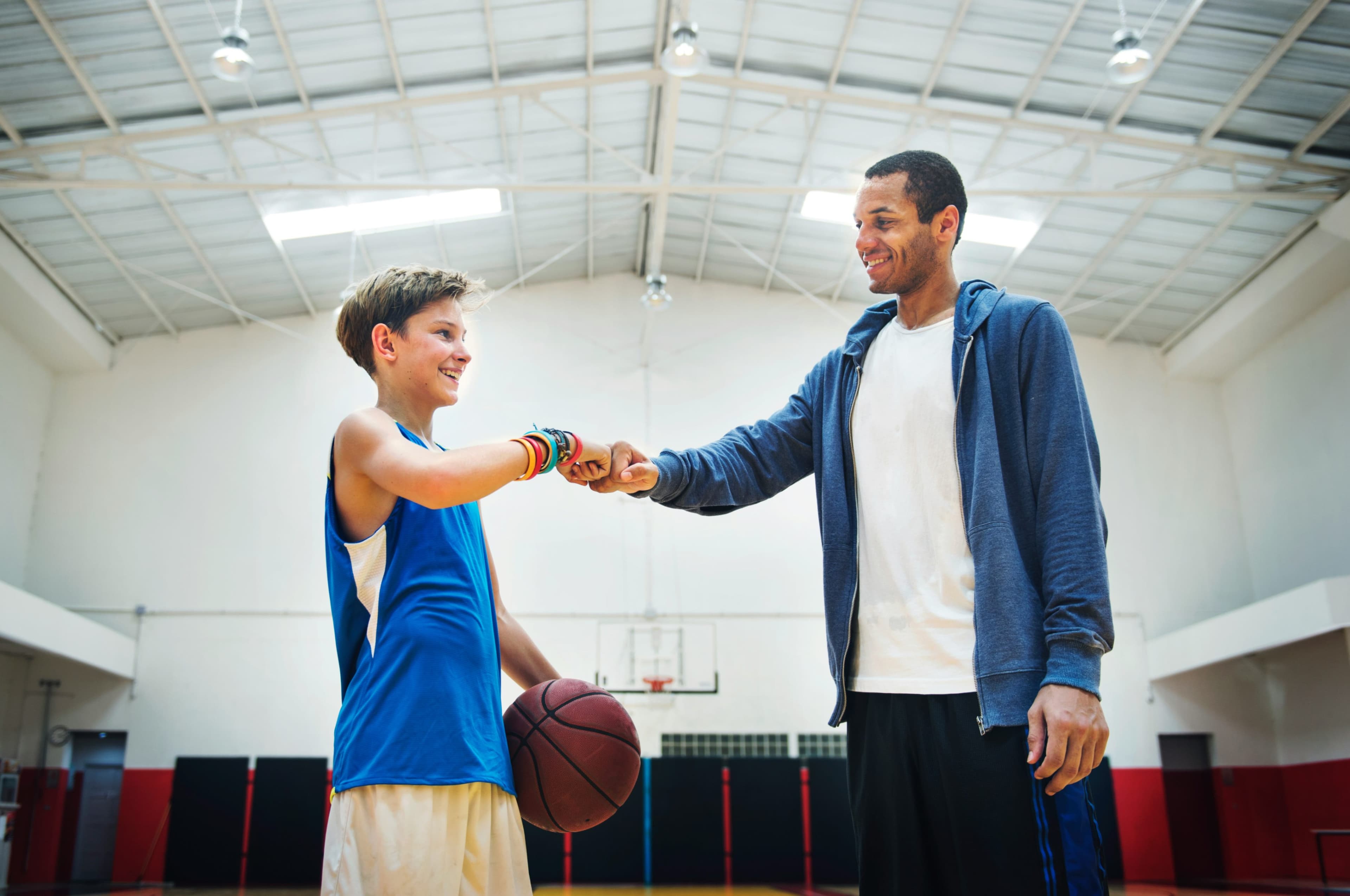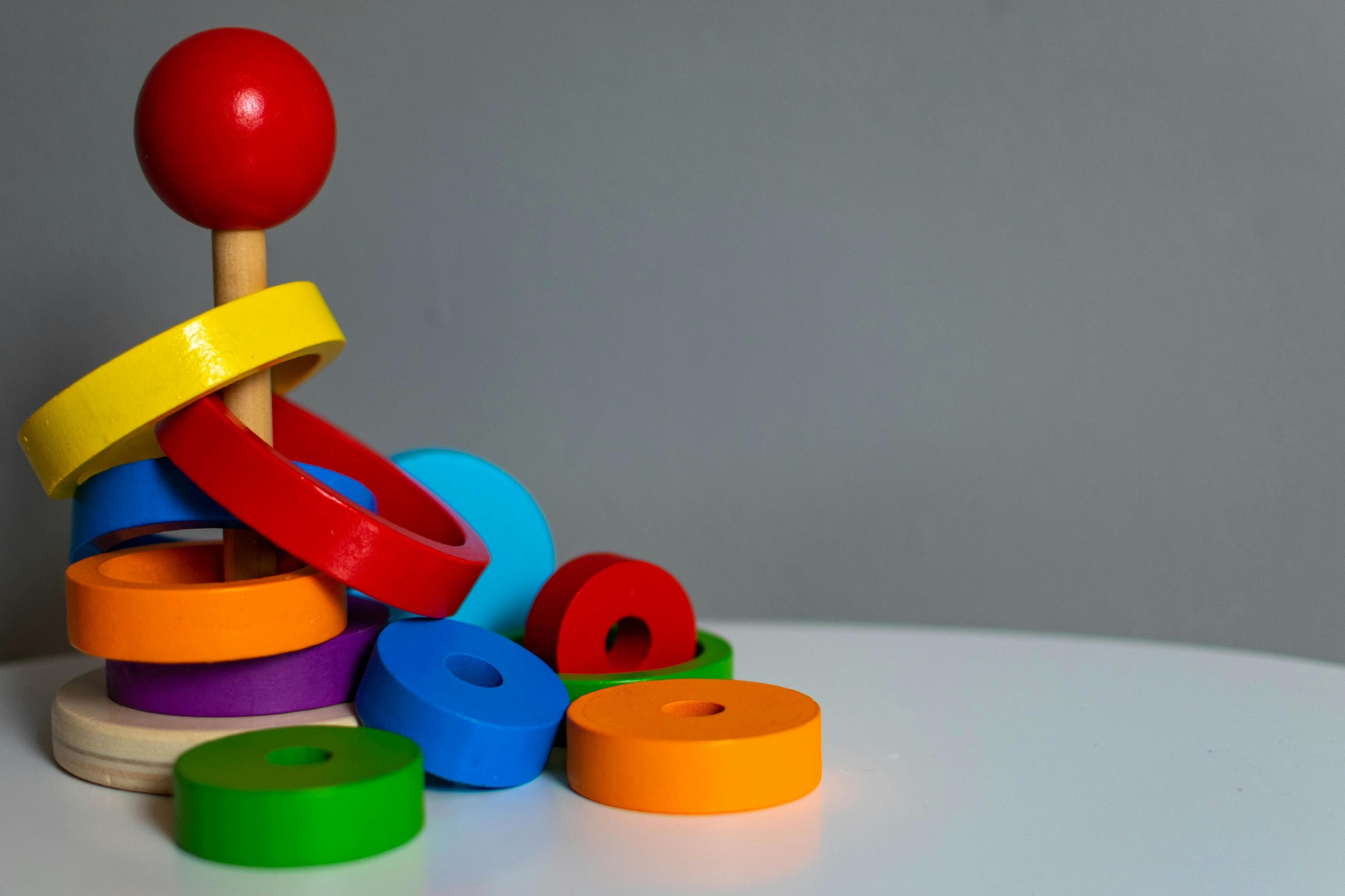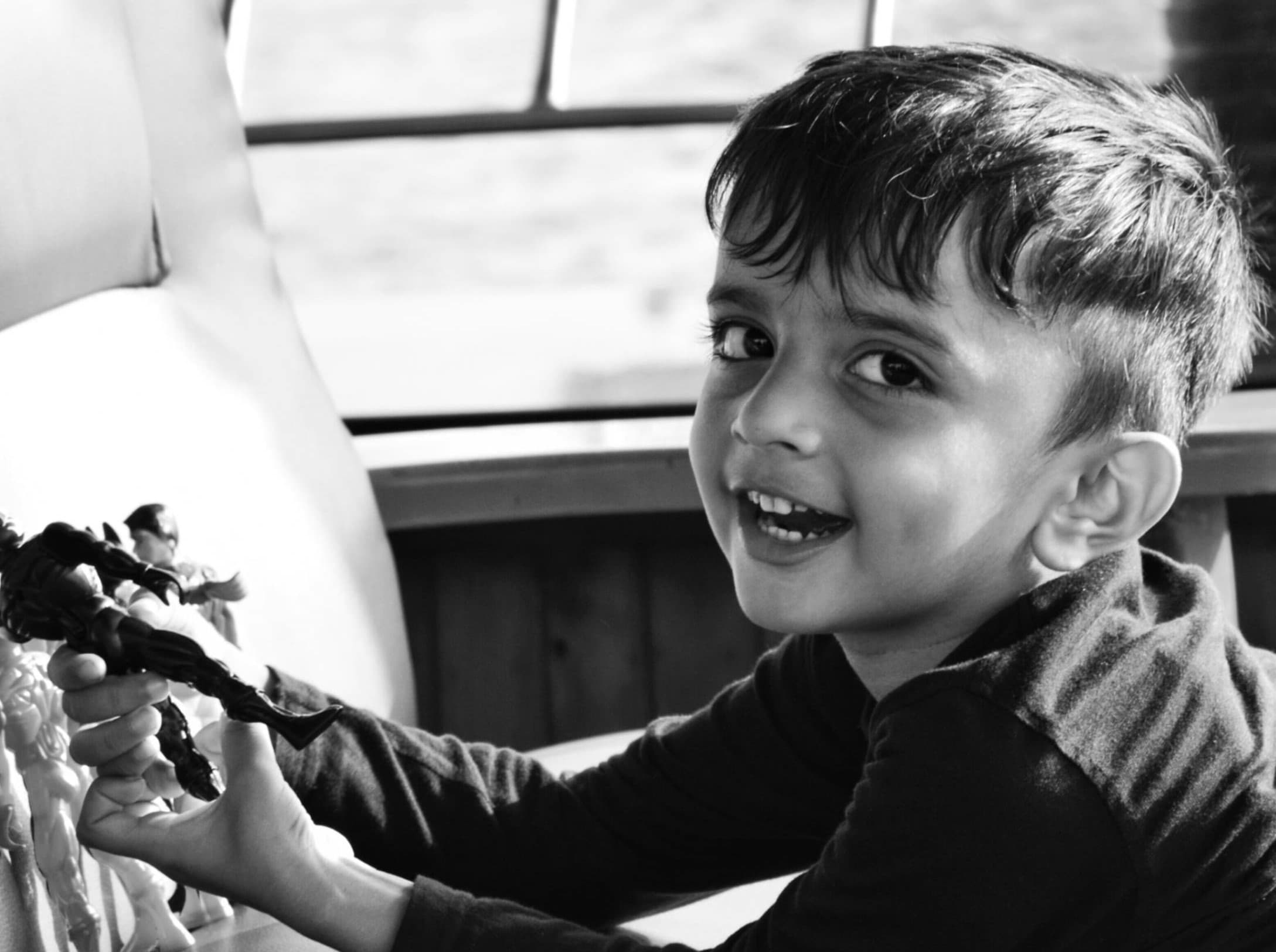
Trust, Fist Bumps, and Resilience: The Science of Student-Teacher Bonds
Greeting hundreds of students and parents by name at the main entrance with a fist bump each morning isn’t just a routine. It’s the foundation for the day ahead, setting a positive tone and instantly reinforcing the message that everyone who enters our Brooklyn school is seen and valued. Familiarity grows from these daily connections, building trust not only with students but with their families as well. That intentional moment at the door is where I start investing in the relationships that define our school culture.
The Invisible Curriculum: Relationships as a Learning Tool
As an educator in New York City, I’ve learned that what happens outside the classroom can be just as important as what goes on inside. Whether I’m chatting with students in the cafeteria, mediating minor disagreements during recess, or sharing a laugh at a field day event, these moments are where authentic relationships grow. Even during safety drills (fire alarms wailing or a soft lockdown unfolding), I make it a point to be visible, calm, and approachable. These informal encounters lower barriers, foster trust, and signal to students that they belong to a community where adults are consistently present and invested in their well-being.
Relationships: The Investment that Pays Lifelong Dividends
Why devote extra minutes to getting to know each student, especially when every educator’s to-do list feels endless? Research consistently affirms that strong teacher-student connections boost academic achievement, motivation, and engagement while reducing absenteeism and behavioral problems. Students who feel respected and known are more likely to take academic risks and persist through challenges. “Students don’t care how much you know until they know how much you care,” says John C. Maxwell. This simple quote captures the heart of why relationship-building matters.
The Search Institute’s national survey found that students with strong developmental relationships had higher GPAs, increased motivation, and a greater sense of belonging. In my experience, the student who struggles to sit still during math is far more likely to try when greeted by name and asked about their weekend soccer game. Those connections don’t eliminate all challenges, but they fundamentally change how challenges are navigated by everyone.
The Nuts and Bolts: What Relationship Building Looks Like
For me, being a “constant presence” means much more than supervision; it’s about building rapport
Read-Only
$3.99/month
- ✓ Unlimited article access
- ✓ Profile setup & commenting
- ✓ Newsletter
Essential
$6.99/month
- ✓ All Read-Only features
- ✓ Connect with subscribers
- ✓ Private messaging
- ✓ Access to CityGov AI
- ✓ 5 submissions, 2 publications
Premium
$9.99/month
- ✓ All Essential features
- 3 publications
- ✓ Library function access
- ✓ Spotlight feature
- ✓ Expert verification
- ✓ Early access to new features
More from Education
Explore related articles on similar topics





